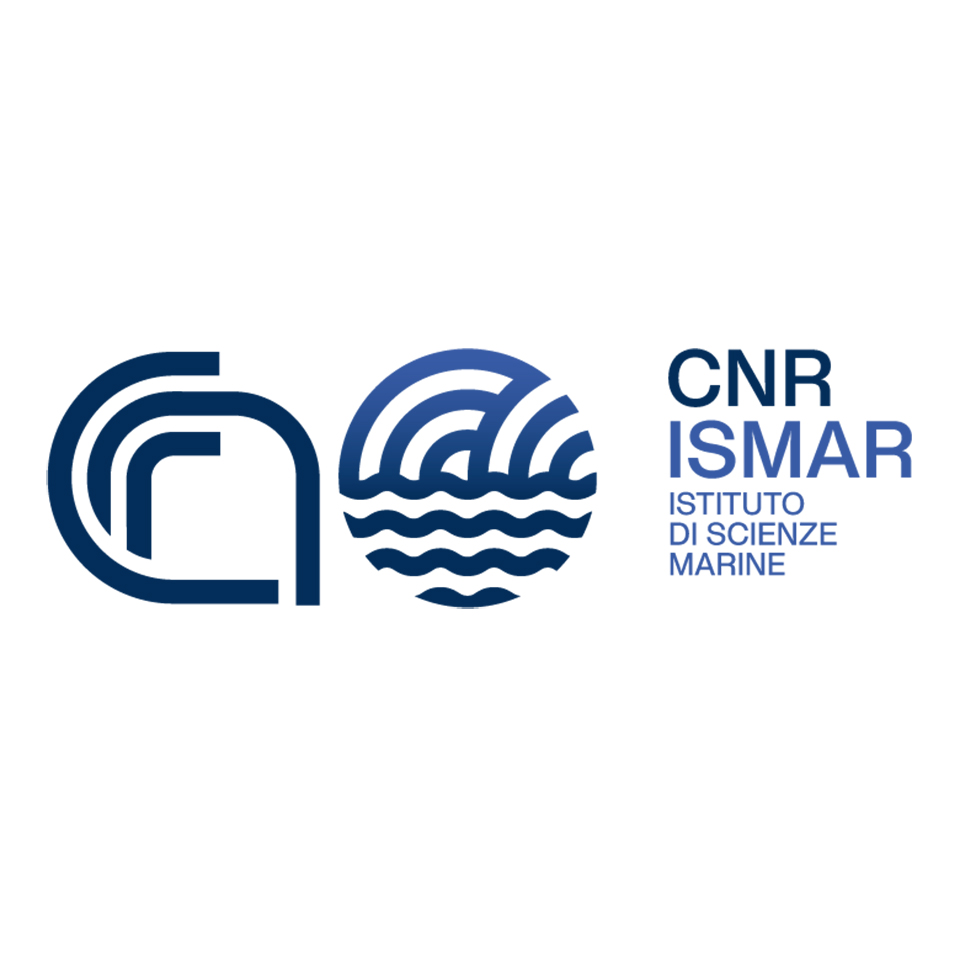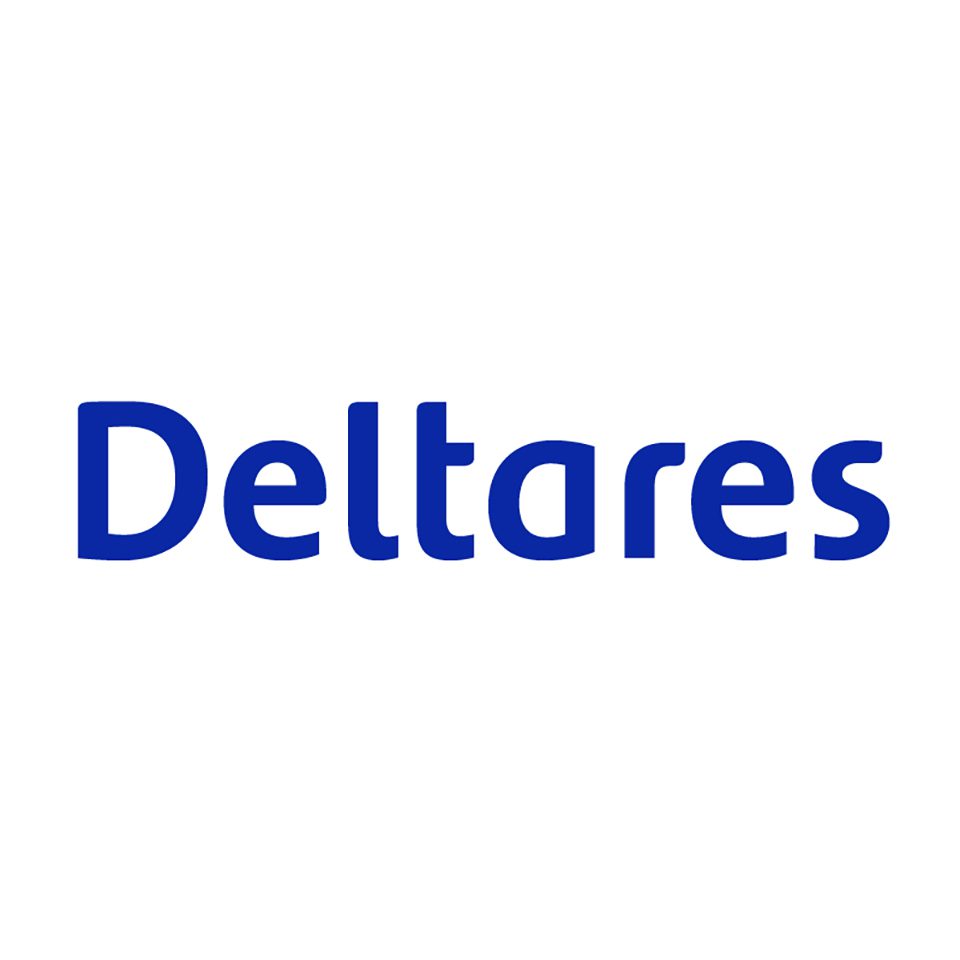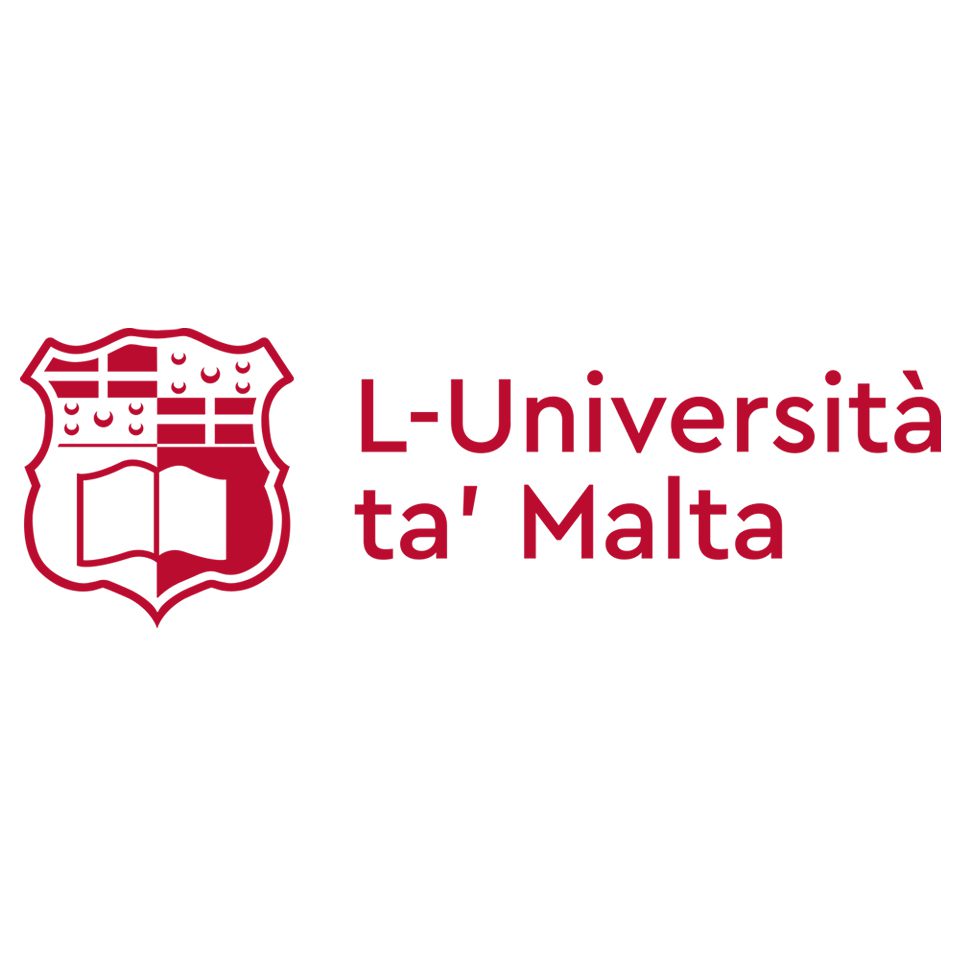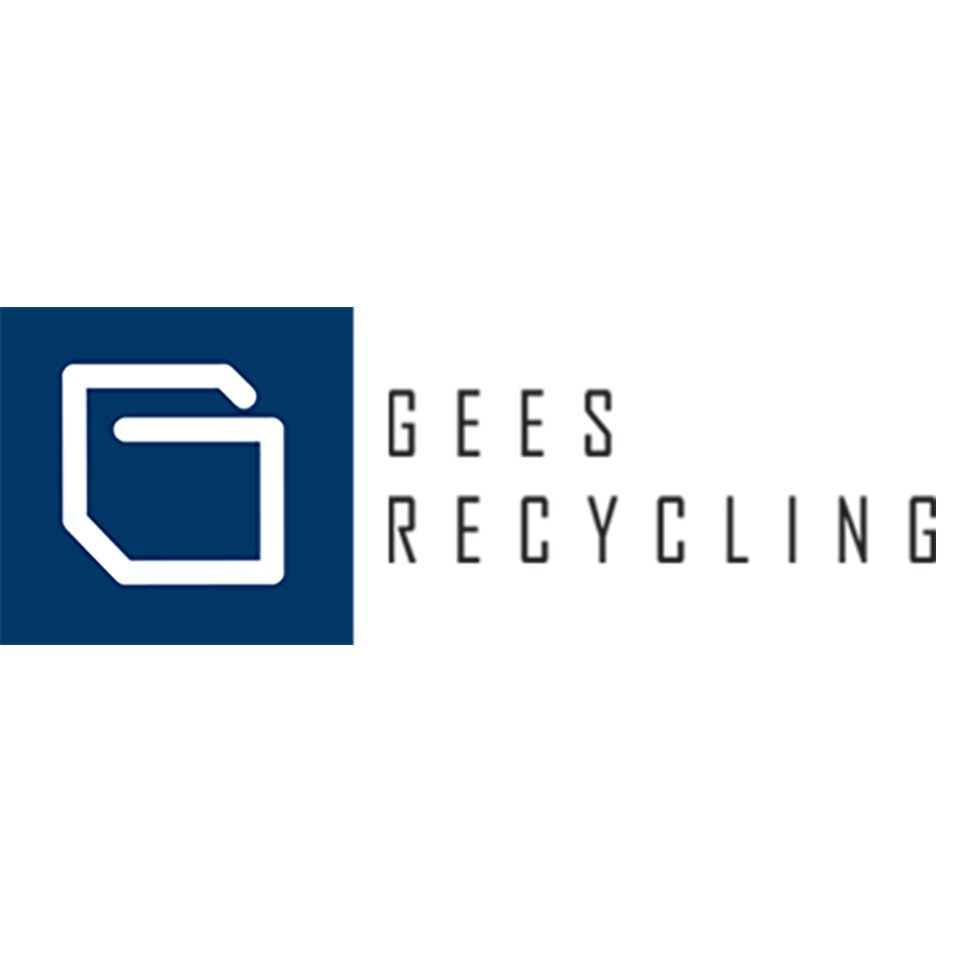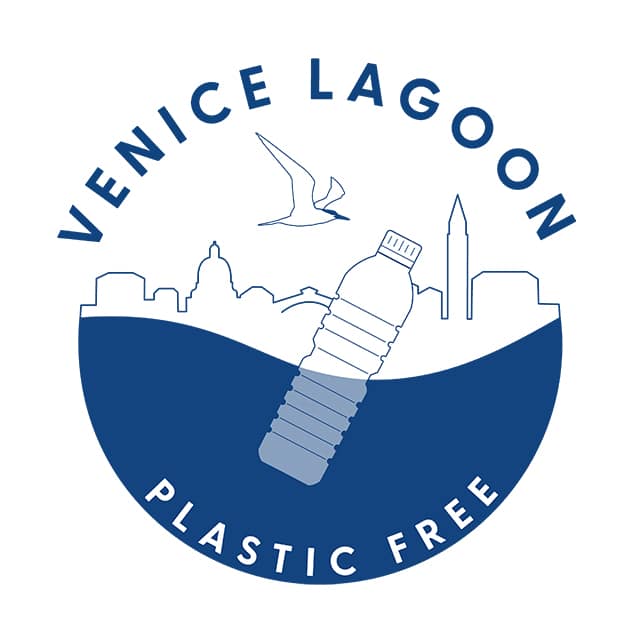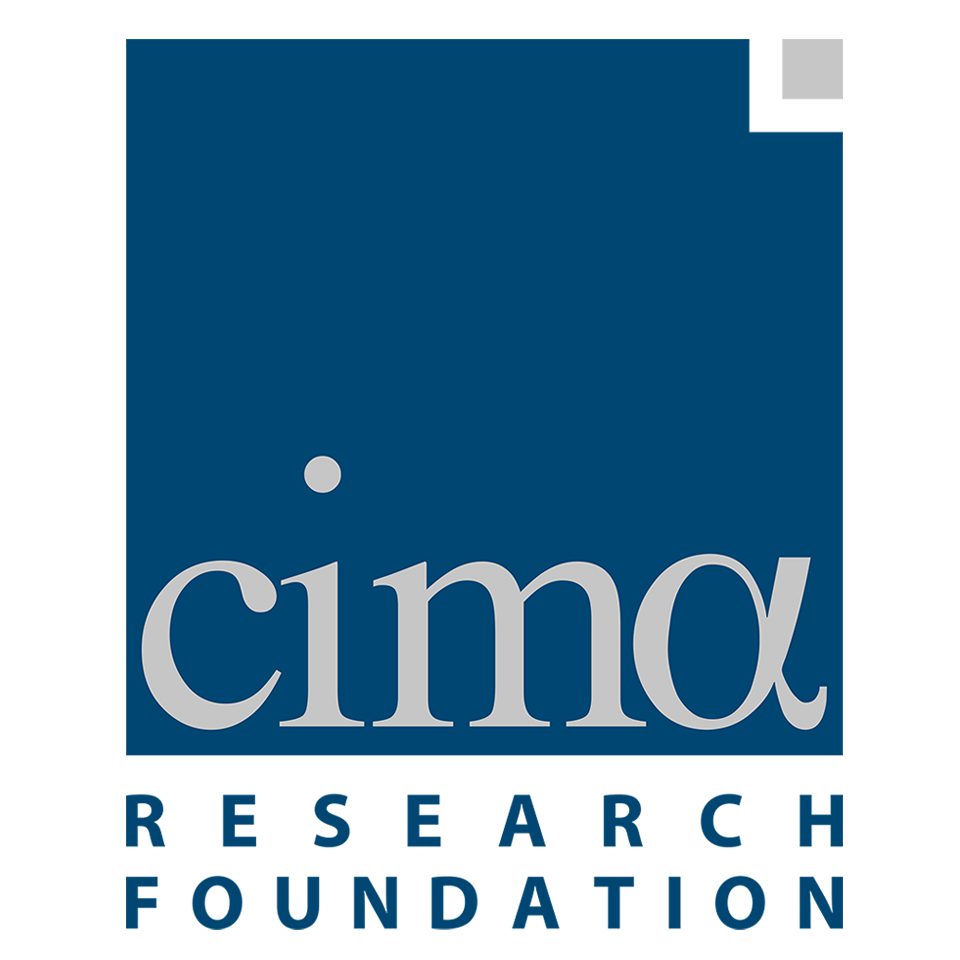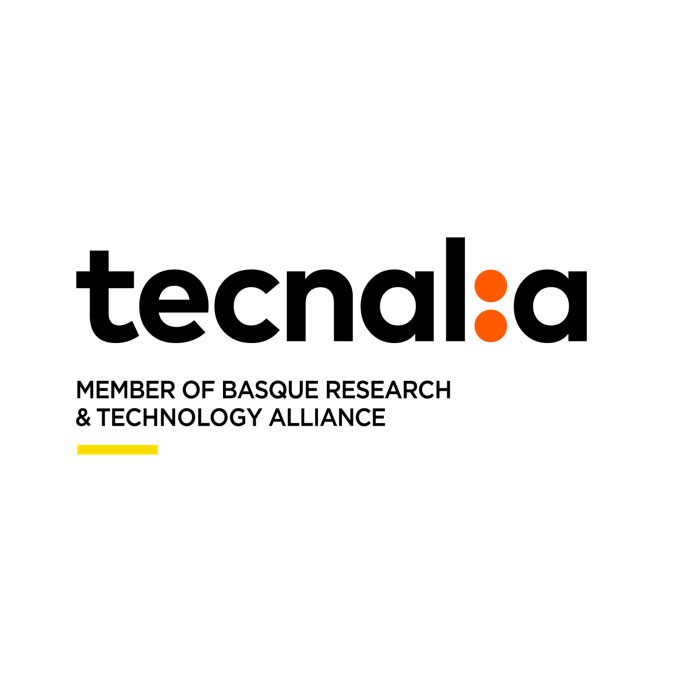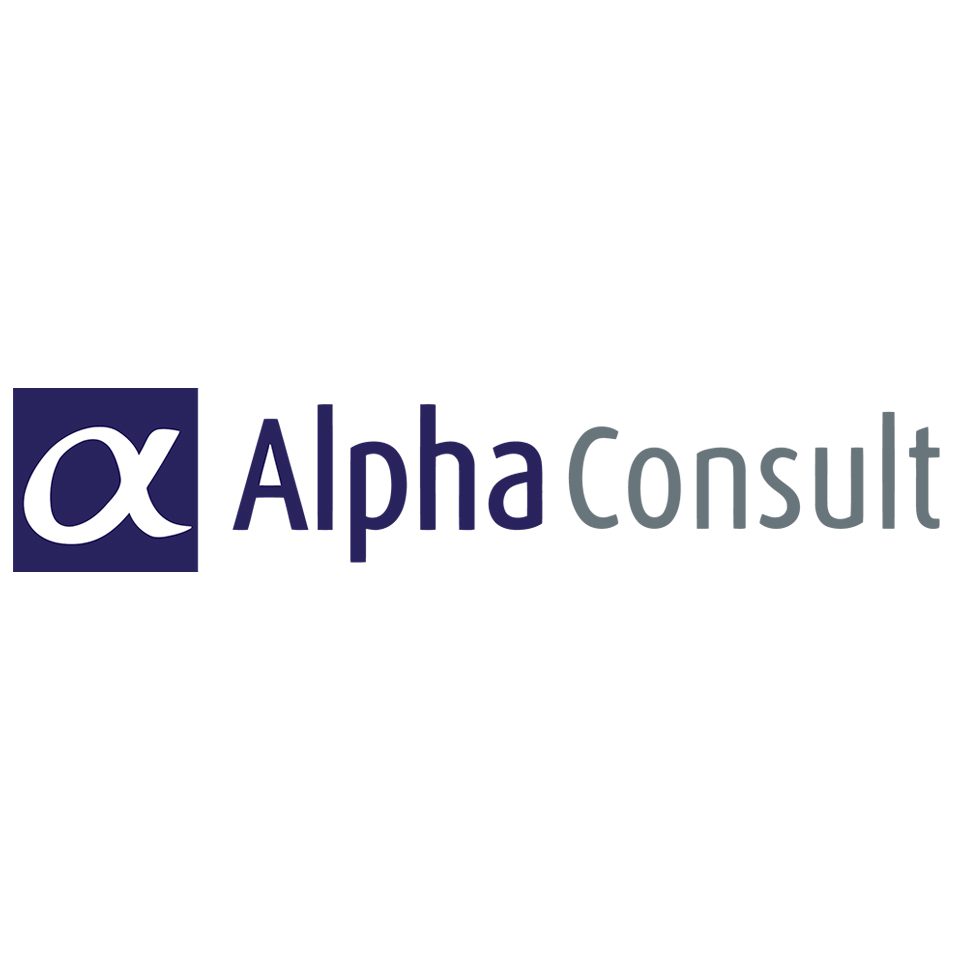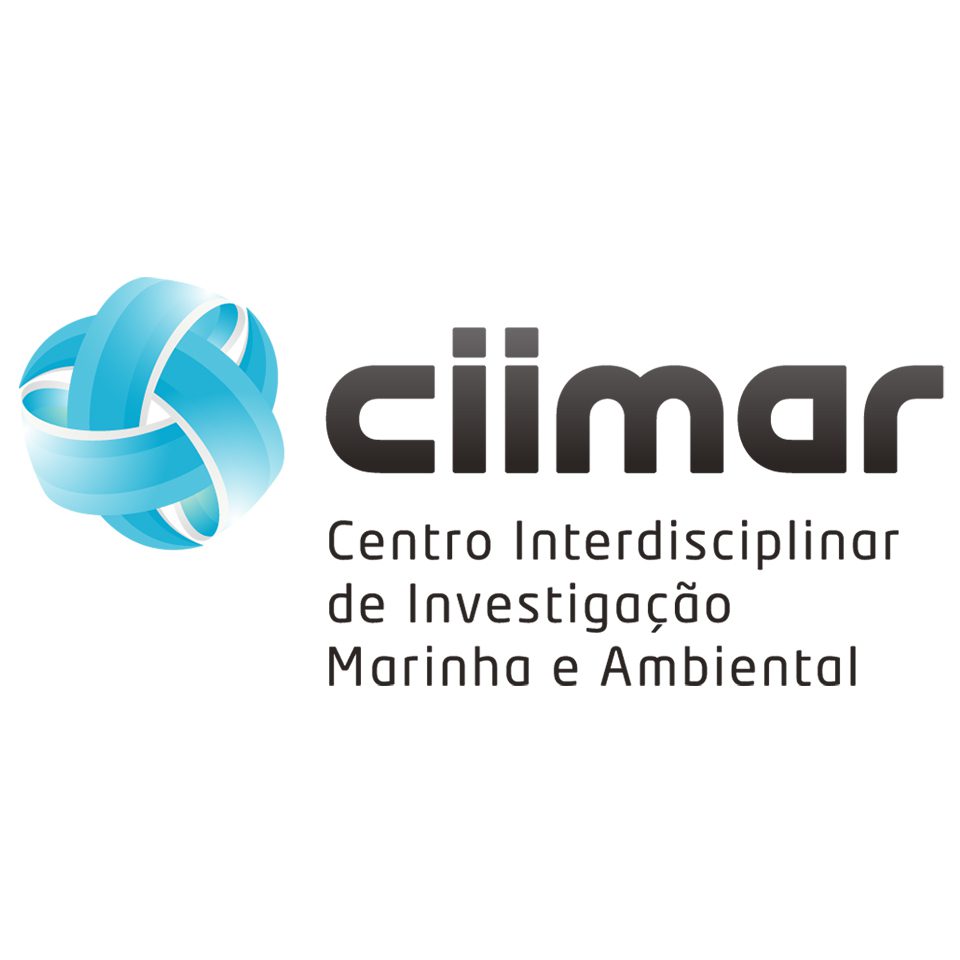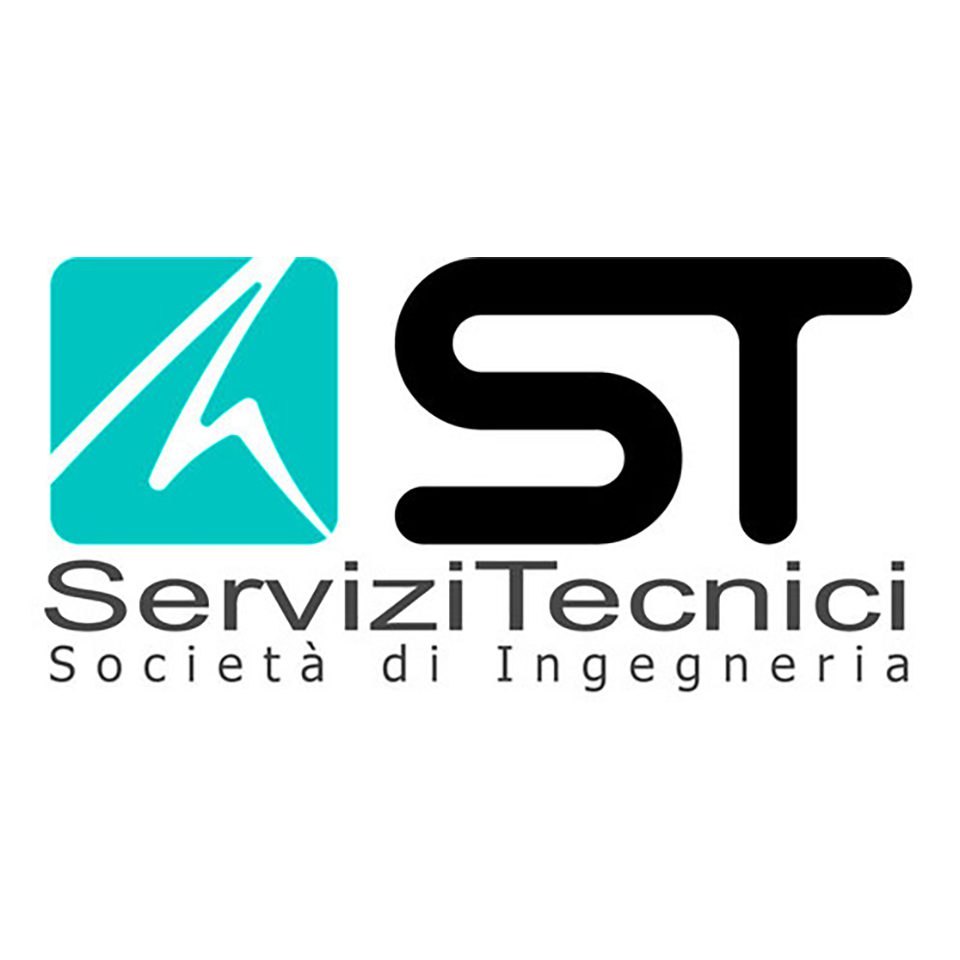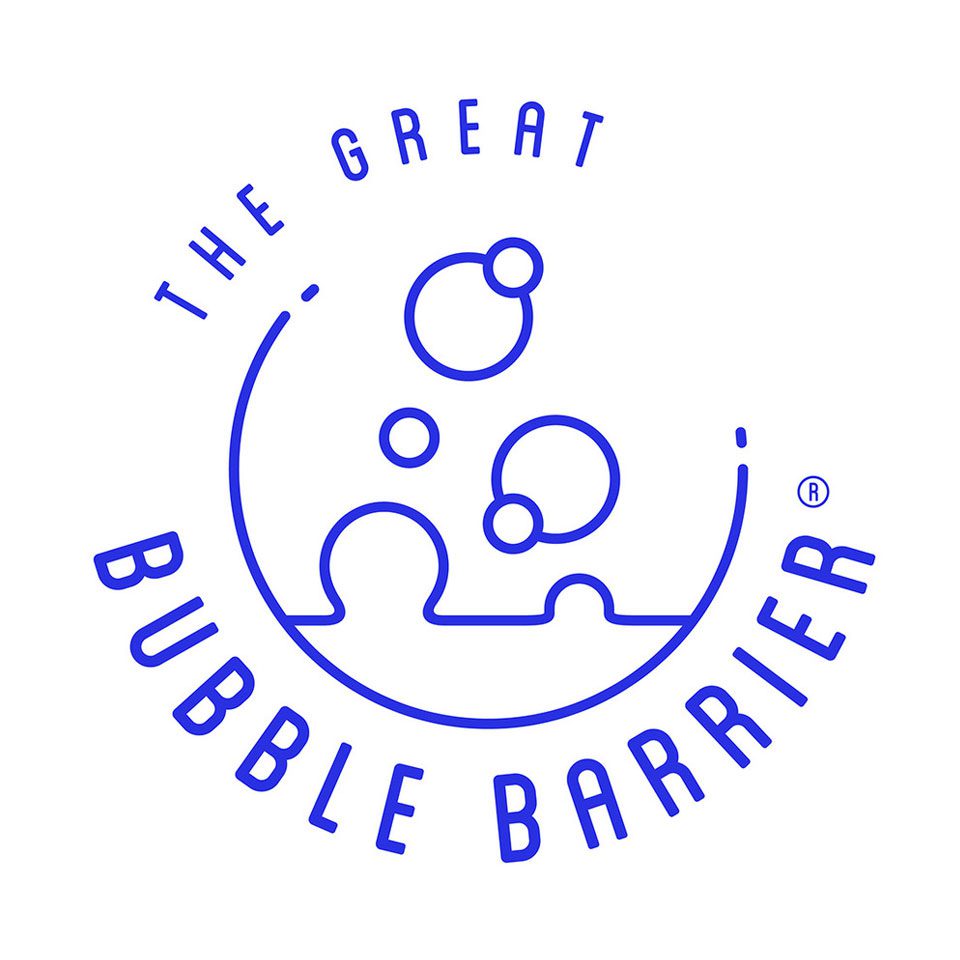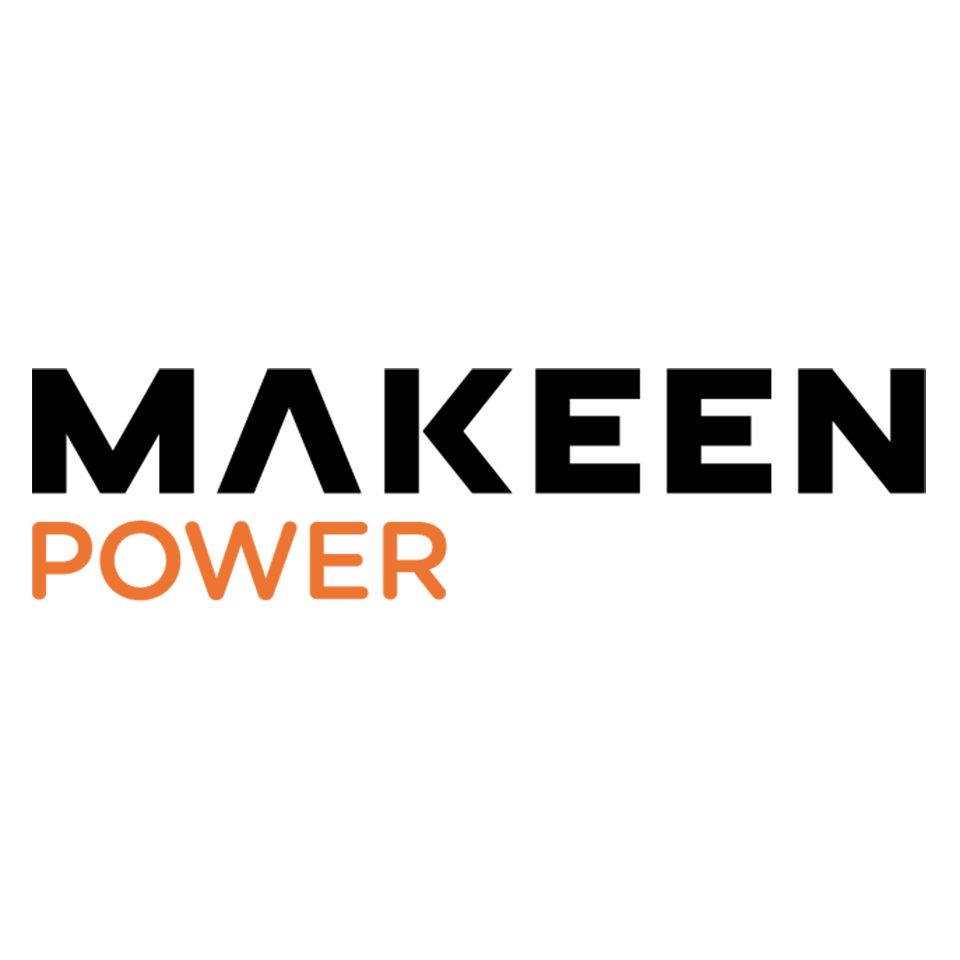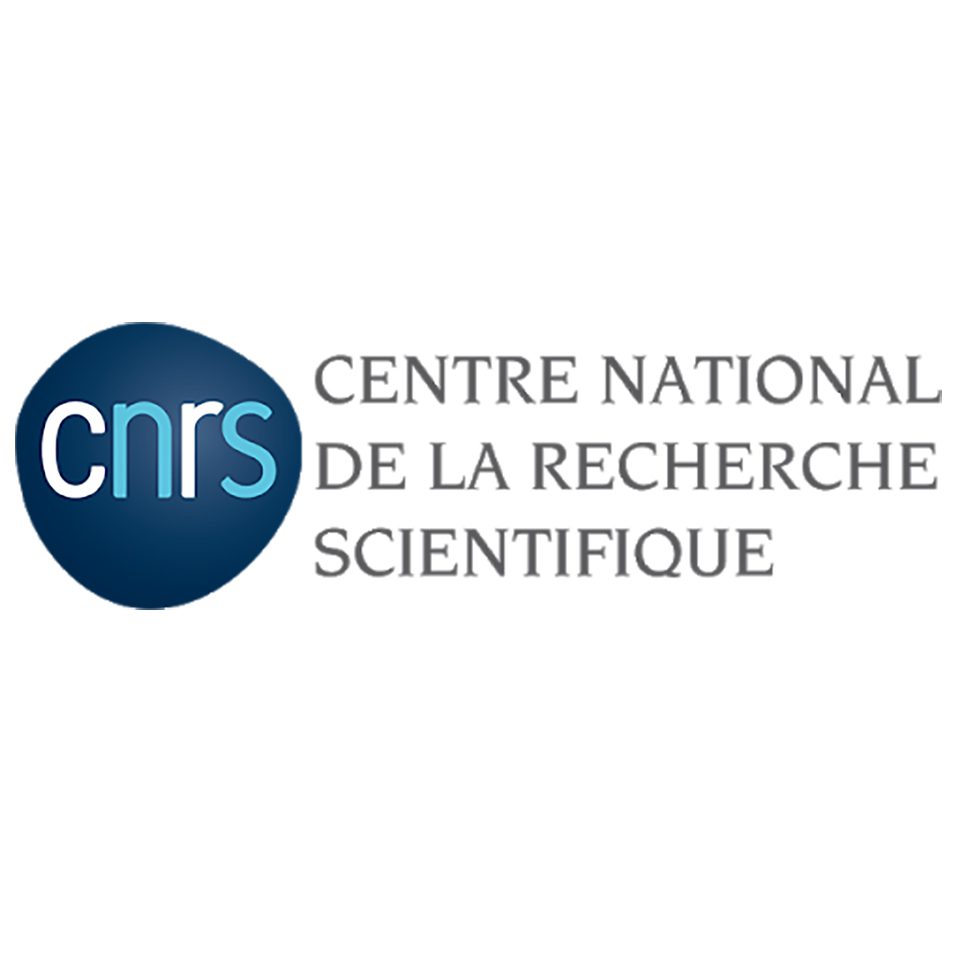Conserve and sustainably use the oceans, seas and marine
resources for sustainable development
is GOAL 14 of the Agenda 2030 for Sustainable Development
and it is also MAELSTROM’s compass and main inspiration.
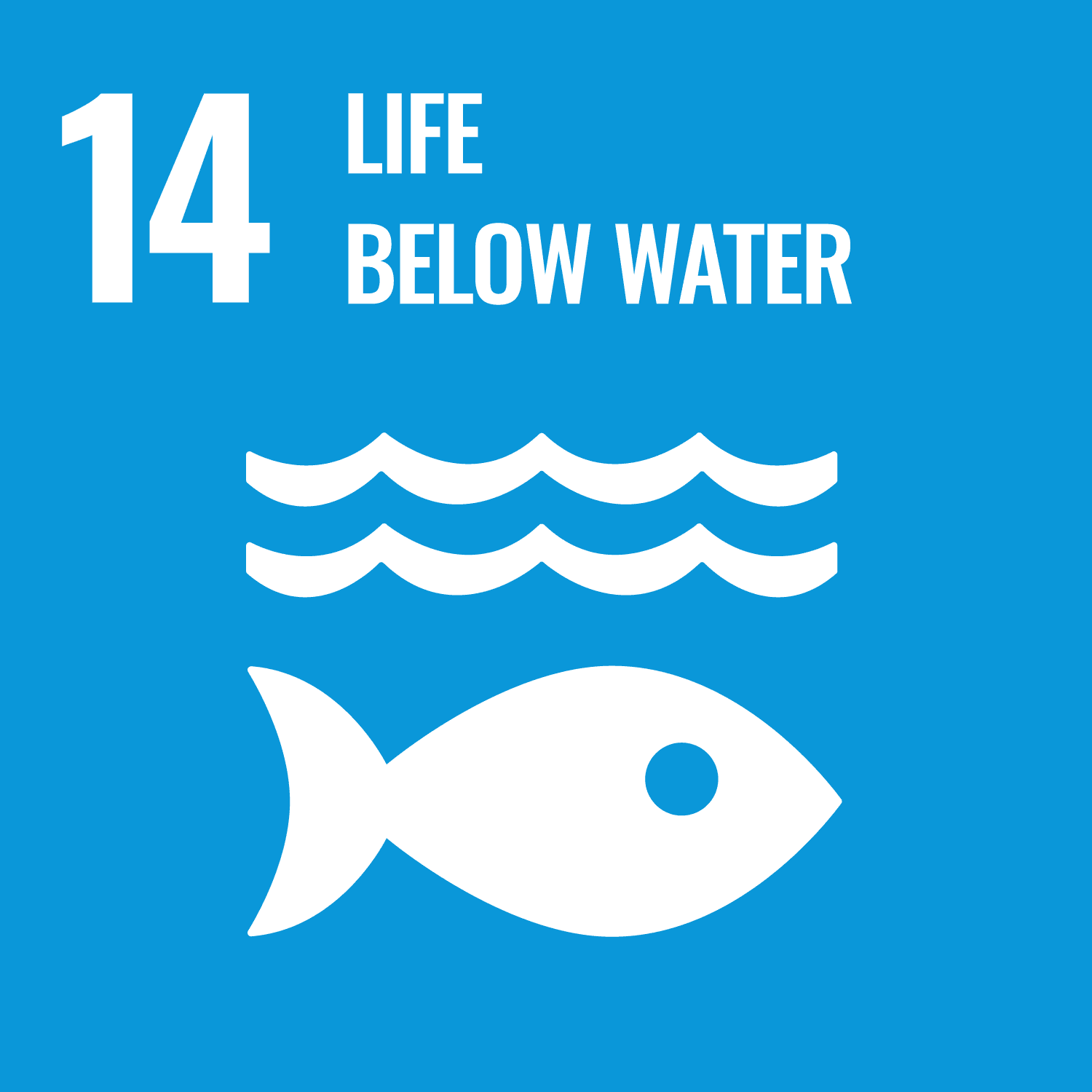
HOW DOES MAELSTROM WORK?
MAELSTROM identifies marine litter accumulation hotspots and assesses its impacts on the ecosystems in two demo sites: the Ave River in Portugal and the Venice coastal area in Italy. In those sites, two marine litter removal technologies will be implemented: a Bubble Barrier in the Ave River to prevent the litter to reach the ocean and a Robotic Seabed Cleaning Platform in the Venice coastal area, to remove litter directly from the seabed.
After the removal, dedicated repeated surveys will be carried out to evaluate the efficiency of the removal technologies as well as to estimate the long-term effects on the ecosystems.
AND THEN?
The removed litter will be separated by an AI-driven sorting robot and will go through advanced recycling processes which will allow the regenerated materials to re-enter the industrial supply chain. Examples are chemical precursors, polymers and other materials useful for industrial purposes.
MAELSTROM will, moreover, use a prototype based on low-temperature pyrolysis capable of producing second-generation marine fuel. The fuel produced will be used to power MAELSTROM’s own marine litter removal technologies, creating a self-feeding cycle.
January 2021 – December 2024
Duration
Horizon 2020
European Commission
Funder
H2020-FNR-2020
Food and Natural Resources
Call
CE-FNR-09-2020
Topic
5.988.295,63 €
Budget
Marine Litter, Coastal ecosystems,
Innovative Blue Growth Technology Areas,
Sustainable Blue Economy
Keywords
WP 1
Project management,
led by CNR-ISMAR
WP 2
Marine litter distribution and ecosystem assessment,
led by CNR-ISMAR
WP 3
Seabed and lower column cleaning technology cable-based robotic platform,
led by TECNALIA
WP 4
Surface/water column cleaning technology,
led by The Great Bubble Barrier®
WP 5
Marine litter removal in selected demo sites,
led by DELTARES
WP 6
Circular economy and sustainability,
led by TECNALIA
WP 7
Coordination and integration of blue technology for plastic strategy-oriented efforts,
led by CIIMAR
WP 8
Economic feasibility, social acceptance,
led by ALPHA Consult
WP 9
Dissemination, communication and exploitation of results,
led by CIMA Research Foundation
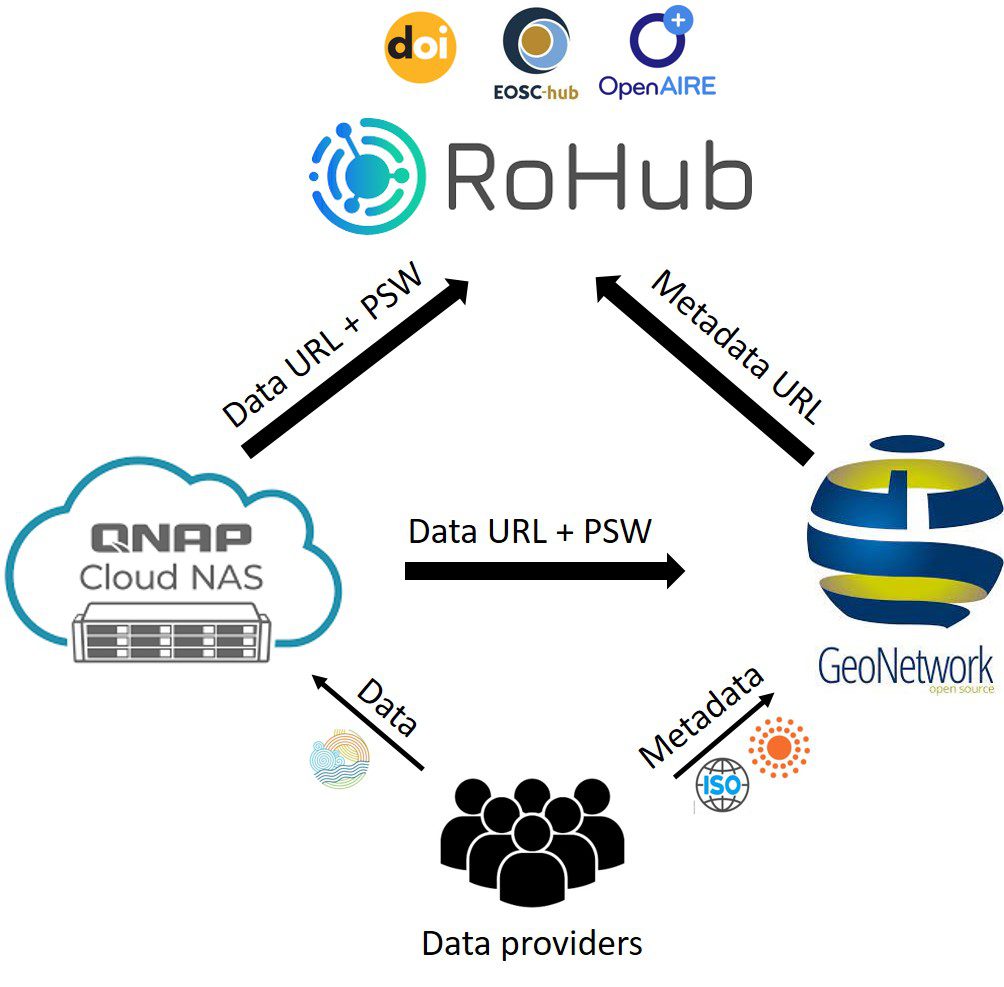
DATA MANAGEMENT AND SHARING
The MAELSTROM Project data infrastructure for managing research data follows the “Guidelines on FAIR Data Management in Horizon 2020” guides Horizon 2020 that drive beneficiaries to make their research data FAIR (Findable, Accessible Interoperable and Re-usable). The infrastructure meets the FAIR data principles supporting the exchange of scientific data and leading to knowledge discovery and innovation. It consists of three main components:
- A NAS repository for research data storage with cloud functionalities;
- A metadata catalogue for research data discovery and preservation;
- The RoHub platform for the sharing of the entire research data life cycle and the reuse of scientific results.
WHAT’S IN FOR ME
The marine litter issue requires a multi-level and multidisciplinary effort, bringing together science, technology, policy making and the active participation of each one of us, even if just through small daily gestures. For this reason, MAELSTROM is not a project exclusively based on science and technology, but also on the active engagement of citizens.
Info Days & Beach Clean Ups
Every year in Portugal, Spain and Italy an opportunity to meet the MAELSTROM team and to engage with your community to clean up a local beach or canal.
Open Webinars
Twice a year, an open webinar on marine litter trending topics with international speakers.
Forum
Check the MAELSTROM Forum, engage with an international online community and participate with your own views and professional experiences on marine litter.
STAY TUNED ON OUR SOCIAL MEDIA CHANNELS!
EVENTS CALENDAR
If you are an active citizen and would like to help us, you can participate in one of our clean up campaigns. Several clean-ups will take place in the beaches of Italy, Portugal and Spain throughout 2021-2024. Discover when and where clean ups will take place and please come along. Be a marine little tackler by joining us!
JOIN THE FORUM COMMUNITY
If you are a practitioner, join our key expert forum discussing topics such as marine litter’s hotspots identification, removal and multiple recycling processes. The forum is designed to create networks among scientific, industrial, political and societal partners within the European Union. Be part of our policy-science-technology interface efforts!
APP FOR OPERATORS
If you are a recycling operator you can download the MAELSTROM’s app, designed to help you to identify the different types of plastic materials and to track the transformation processes of the removed litter. The app will cover each step of the waste management cycle, from removal to end-recycled products and it will be available in a few months. Stay tuned!
SIGN UP TO OUR NEWSLETTER
PARTNERS
CNR-ISMAR leads the coordination and implementation of project’s activities. In collaboration with the Institute of Marine Engineering (CNR-INM), is also responsible for assessing the ecosystem’s state of Venice demo site, before and after the implementation of the underwater robotic system for seabed marine litter removal.
DELTARES leads the identification of litter accumulation hot spots using 3D hydrodynamic models. It also contributes to the implementation of cleaning solutions in the demo-site of Porto, through the surface water column removal technology – the Bubble Barrier.
UM-ISE provides the technology and expertise to co-power the Bubble Barrier removal system, through solar floating offshore or onshore platforms.
I.S.D.I Group supports the recycling solutions of the litter removed at the demo-sites, providing a new life to the materials retrieved in coastal areas and to the plastics not covered by thermal treatments.
GEES provides the expertise to waste processing authorizations and industrial compounds. It also develops the stakeholder’s software portal and mobile application.
VLPF plays a facilitation role between marine litter scientists, practitioners, and relevant public and private institutions related to the Venice’s demo-site and its Lagoon. It also liaises MAELSTROM with its twin project InNoPlastic.
CIMA Research Foundation leads the communication and dissemination activities, contributing to an effective stakeholders’ engagement and project visibility, while creating citizen awareness regarding marine litter impacts and behavior change.
TECNALIA develops the underwater cable-based robotic system for the removal of the seabed marine litter, as well as an Ai-driven robot to identify and remove the plastics from the collected litter.
ALPHA leads the Economic Feasibility, Social and Economic Impact work package, supporting partners in the implementation and exploitation activities, while providing key suggestions for a final commercial strategy.
CIIMAR leads the networking activities among existing European blue technologies and stakeholders in the field of marine litter. It also ensures the assessment and monitoring of the Bubble Barrier implementation at the demo site of Porto.
Servizi Tecnici provides industrial equipment and a specific floating platform designed to accommodate the underwater cable-based robotic system during on-site trials in Venice demo site.
The Great Bubble Barrier provides a technological solution based on a bubble curtain of air for plastic removal, co-powered by sustainable energy sources (solar panels) to be installed in the demo-site of Porto (TBC).
MAKEEN assesses the macro preprocessed plastic waste with a market-oriented approach, identifying specific pyrolysis treatments depending on the final products to be achieved.
CNRS-LIRMM provides its expertise in robotics and machine learning for the development of underwater cable-driven robots for waste removal.
